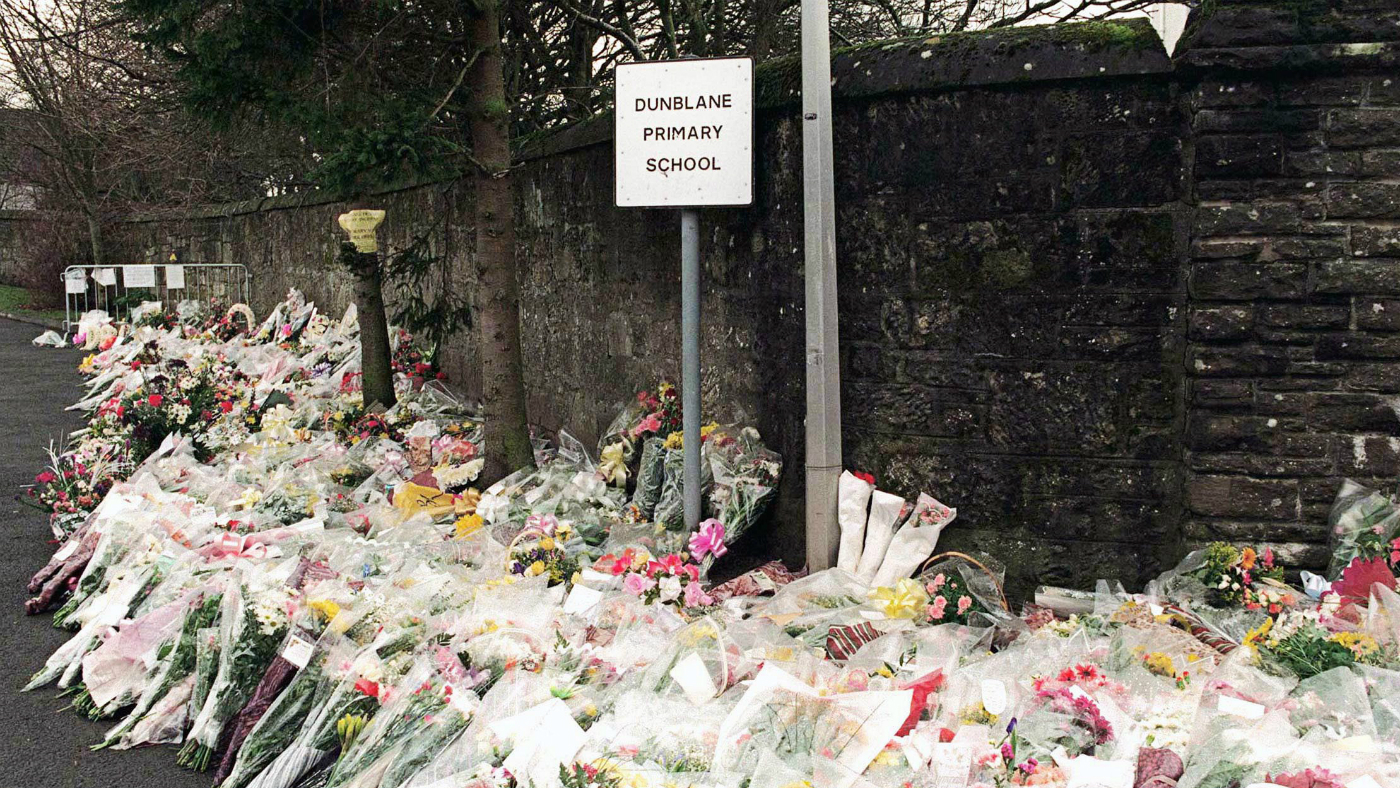Columbine Massacre: 20 years on, has anything changed?
Twenty years after school shooting that horrified the US, students continue to live in the shadow of Columbine
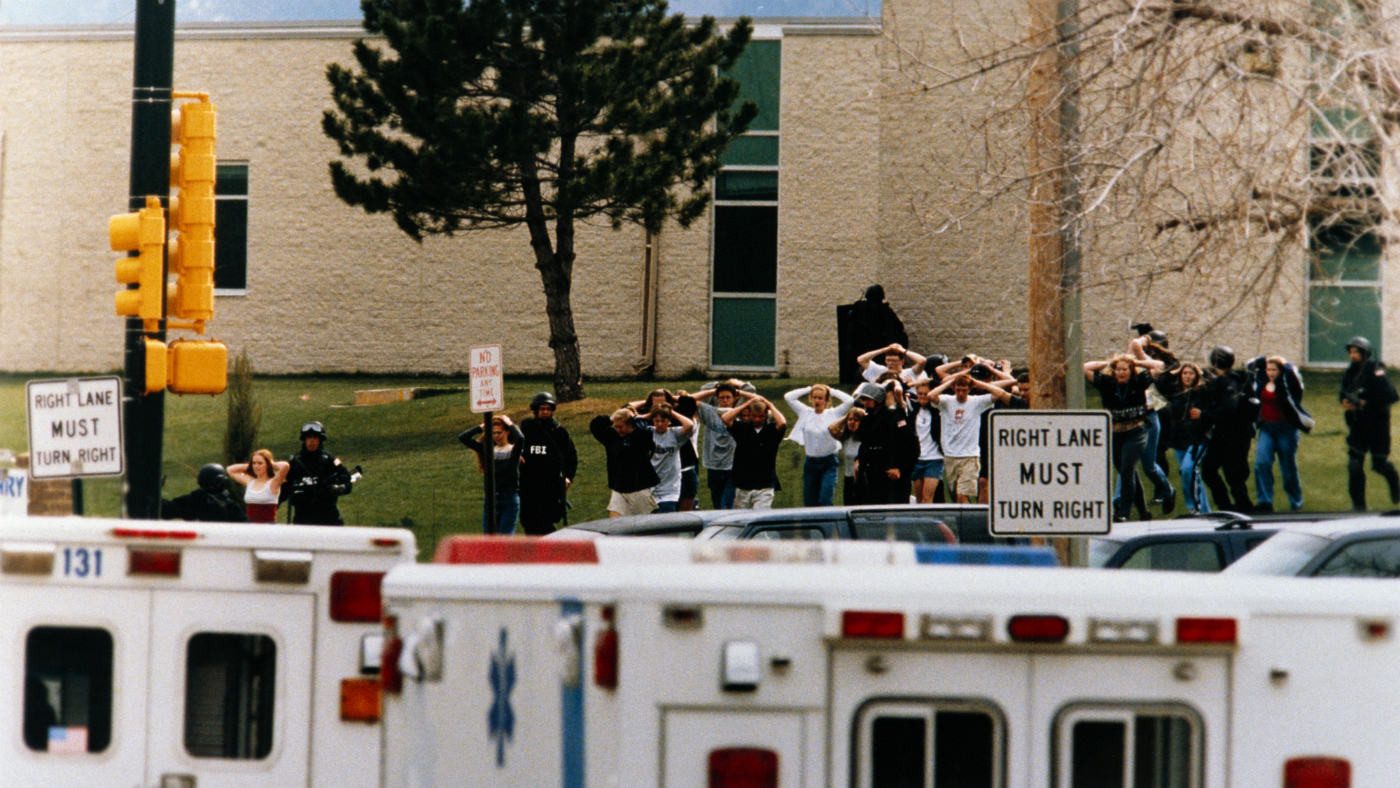
This week, towns and cities across the US will commemorate the 20th anniversary of the Columbine High School shooting, one of the most infamous mass murders in the country’s history and a watershed moment for gun violence in schools.
On 20 April 1999, two teenage gunmen fatally shot 12 fellow students and a teacher at Columbine High School in Littleton, Colorado, before turning the guns on themselves. The massacre was the deadliest school shooting and the fifth-deadliest overall mass shooting in the US, triggering an intense outpouring of grief around the world.
“After Columbine, it was hard to imagine things getting much worse,” CNN says. But in the 20 years since the tragedy, the country has “seen so many more mass shootings that the attack isn’t even among the 10 deadliest mass shootings in modern US history,” the broadcaster adds.
The Week
Escape your echo chamber. Get the facts behind the news, plus analysis from multiple perspectives.

Sign up for The Week's Free Newsletters
From our morning news briefing to a weekly Good News Newsletter, get the best of The Week delivered directly to your inbox.
From our morning news briefing to a weekly Good News Newsletter, get the best of The Week delivered directly to your inbox.
For some, the legacy of Columbine is a wound that refuses to heal. “Born during the first few years of the 21st century, our youngest Americans, from high schoolers on down, have never known a world without school shootings,” USA Today says, dubbing these children “Generation Columbine”.
“These students have grown up in Columbine’s shadow,” it adds.
What was the Columbine massacre?
On the morning of 20 April 1999, students Dylan Klebold, 17, and Eric Harris, 18, entered their school, Columbine High, and planted a homemade bomb in the school’s cafeteria, scheduled to detonate at 11.17 - in the middle of the break period, when the area would be full of students.
A free daily email with the biggest news stories of the day – and the best features from TheWeek.com
The pair then left the school to await the explosion, but the bomb failed to detonate. Klebold and Harris then reentered the campus with firearms and handheld explosives hidden under their coats.
Over the next 25 minutes, the pair moved through the school, gunning down classmates. Thirteen people – a dozen students and a teenager – were shot dead, most of them in the school library, where students had taken refuge. Another 21 were injured.
The rampage only came to an end when Klebold and Harris turned their guns on themselves. Several witnesses claimed they heard the teenage gunmen complain that they had grown “bored” of killing people shortly before they shot themselves in the school cafeteria.
SWAT teams did not enter the school until 47 minutes after the first shots were fired, and long after the shooting had finished.
Why did they do it?
On the fifth anniversary of the shooting, Slate wrote that Americans had divided themselves into two major camps in the debate of what prompted the massacre.
“The first conclusion is that the pair of supposed ‘Trench Coat Mafia outcasts’ were taking revenge against the bullies who had made school miserable for them,” the site wrote. “The second conclusion is that the massacre was inexplicable: we can never understand what drove them to such horrific violence.”
However, the FBI’s analysis “is both more reassuring and more troubling”. According to their analysis, Harris – regarded as the driving force behind the massacre – was a clinical psychopath. His diary and online blog reveal a “messianic-grade superiority complex” and with a cold and callous contempt for those around him. Klebold, on the other hand, was depressive and at times suicidal, and expressed a desire to take his anger out on the world.
What was the legacy of the massacre?
The New York Times reports that the impact of the shooting at Columbine was unlike anything seen in the US previously.
Although it was not the first attack of its kind, the paper says, “no earlier burst of gun insanity shattered the national psyche” like the “carnage” at Columbine, adding that even the word Columbine was “instantly transmogrified into a metaphor for a nation gone haywire in its embrace of devastating weaponry”.
“It was a defining horror of the nascent digital age,” it says – a reference to the fact that this was the first school massacre where live crime scene photos and videos were broadcast in real time on TV.
American sociologist Ralph Larkin wrote in a 2009 paper that the image of Klebold and Harris as “oppressed students victimised by their peers”, made the scope for copycat crimes all too great.
“Numerous post-Columbine rampage shooters referred directly to Columbine as their inspiration,” he says, adding that the massacre “redefined such acts not merely as revenge but as a means of protest of bullying, intimidation, social isolation, and public rituals of humiliation”.
There has been at least one positive development in the aftermath of the massacre, however. CNN reports that an extensive FBI review of the law enforcement response at Columbine “changed the way police respond to mass shootings”.
“Before the Colorado shooting, responding officers would set up a secure perimeter around the crime scene before even thinking about moving on the suspect,” the news agency says. Now, active shooter situations are met with swift and direct intervention to try to avoid the systematic slaughter perpetrated by Klebold and Harris over their 25-minute rampage.
Nevertheless, according to the Denver Post, more than 200 lives have been claimed in American school shootings since the massacre at Columbine, a total that “doesn’t include hundreds more murdered in mass killings in non-school settings”.
But the enduring legacy of Columbine is, by most accounts, that of disappointment in the US government’s unwillingness to enact meaningful gun reform. Mother Jones says that after Columbine there “was a general sense that… kids getting killed at school was a thing we weren’t going to be okay with”. It adds that this “wasn’t some fanciful impossibility” as both the UK and Australia had enacted sweeping gun control laws in the wake of major massacres in the 1990s.
The Denver Post adds that at the federal level, gun control has been “halting at best” since Columbine. Jaclyn Schildkraut, an associate professor of criminal justice at the State University of New York in Oswego, told the paper this week that “if anything, federal regulations have gotten more lax”.
-
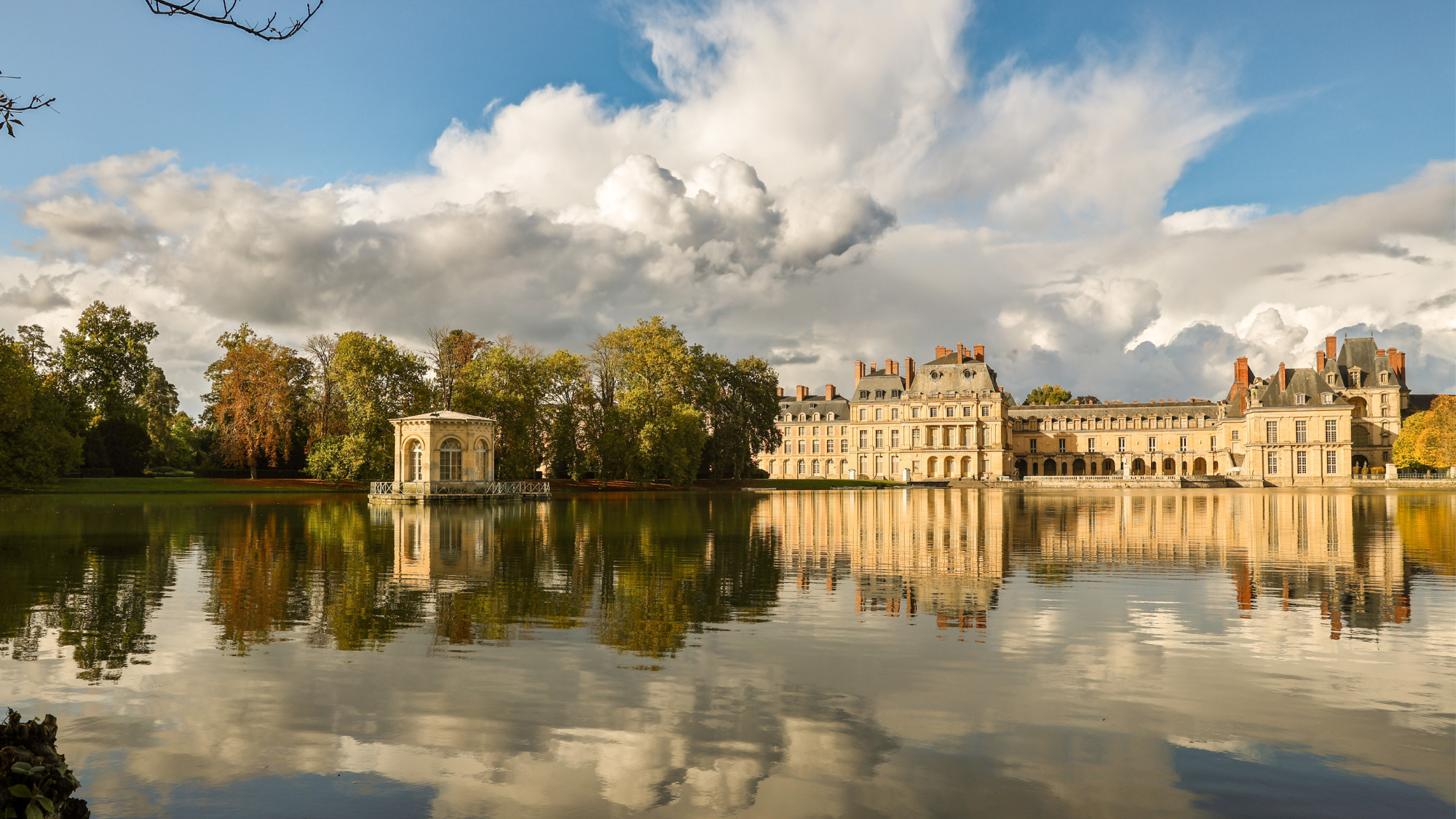 A long weekend in Fontainebleau
A long weekend in FontainebleauThe Week Recommends Less than an hour from Paris, this historic town is perfect for a short break
-
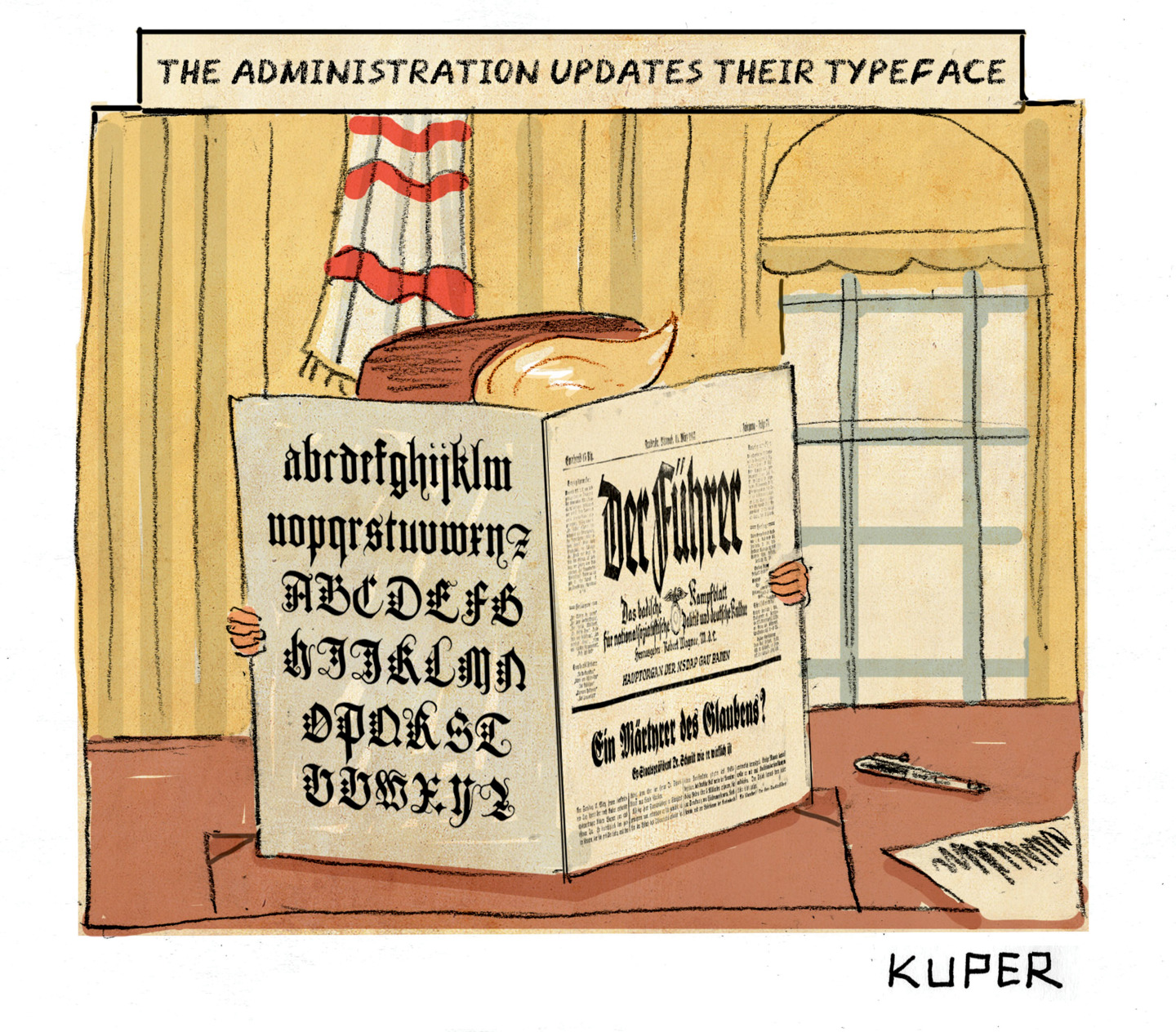 Political cartoons for December 16
Political cartoons for December 16Cartoons Tuesday’s editorial cartoons include calibrating fonts, Christmas classics, and more
-
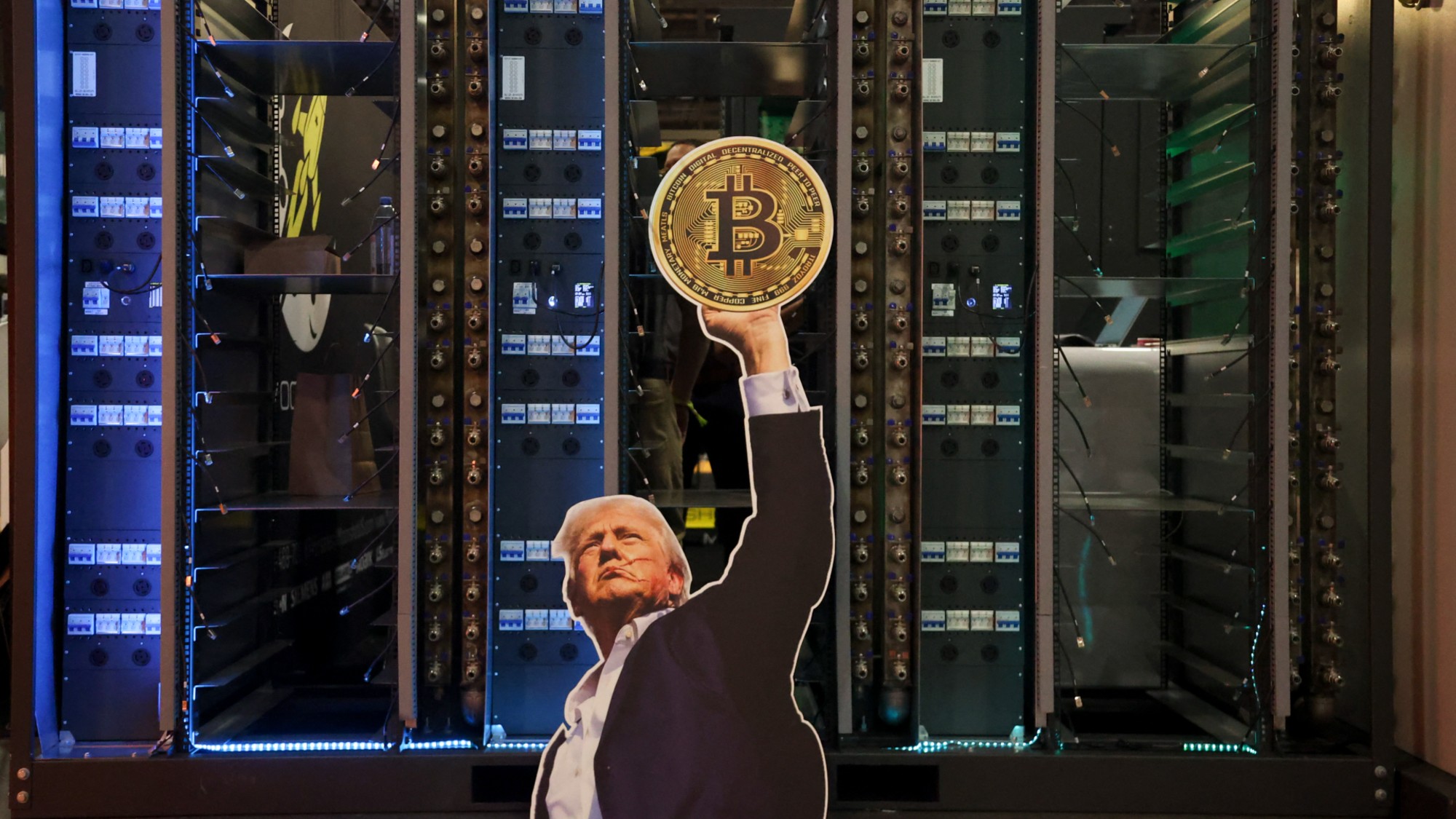 Cryptocurrency and the future of politics
Cryptocurrency and the future of politicsIn The Spotlight From electoral campaigns to government investments, crypto is everywhere and looks like it’s here to stay
